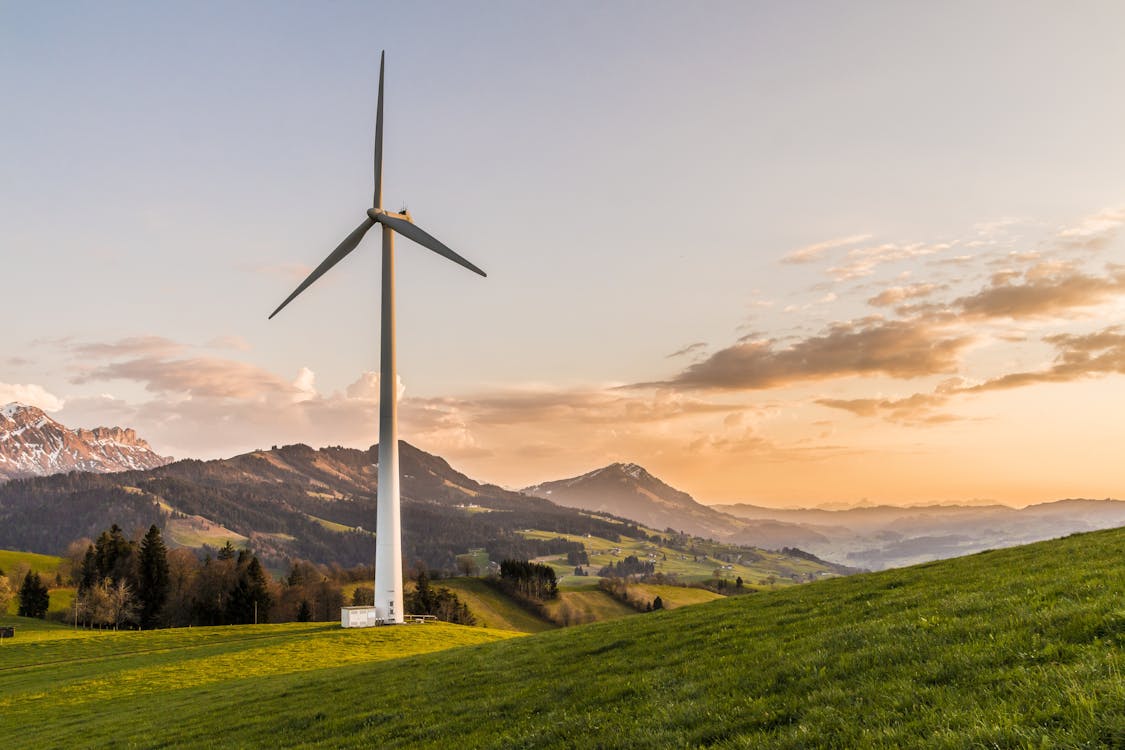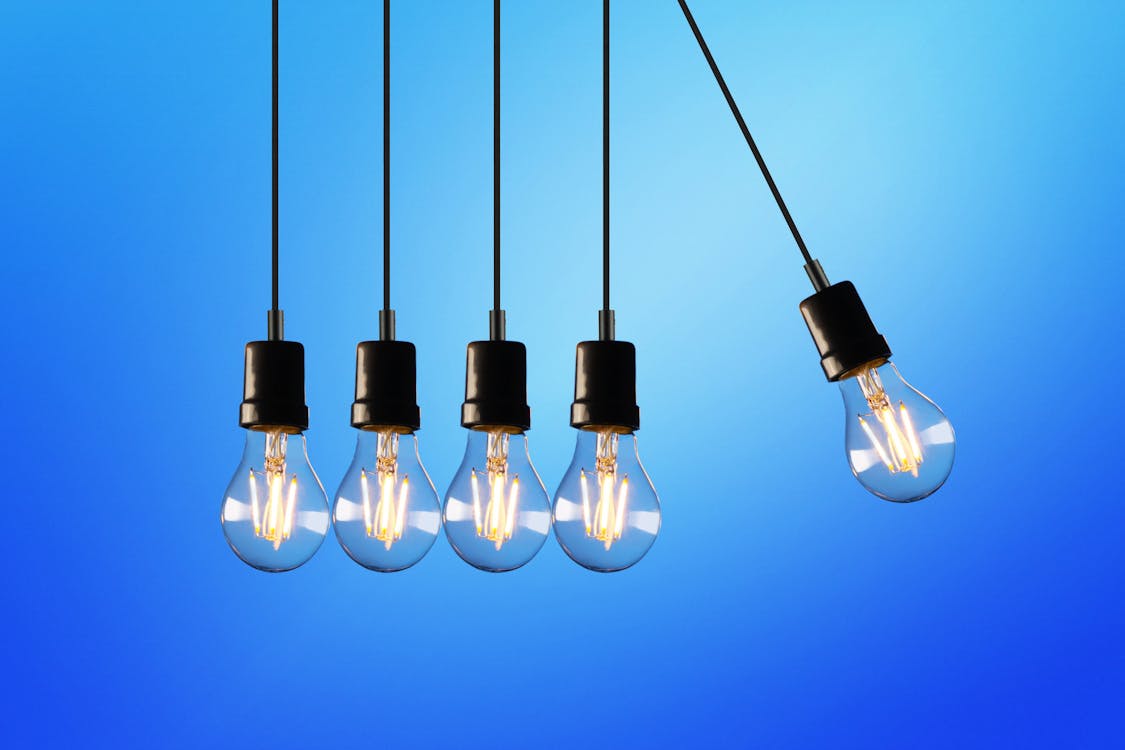Part 1:

Dear Justin Trudeau,
There has been a lot of conflict regarding producing power while avoiding pollution and negative affects on our ecosystem. It is hard to succeed at these demands when thinking about a budget. To create electricity, we can use different elements such as water, wind and gravity. In Vancouver, our main source of energy is hydro, known as water. To generate power with water, you have to boil water with heat and use its steam to energise the turbine. The turbine spins a generator which finally creates the energy. Wind turbines are a similar process, but they use the wind to spin the turbine. Although these ways are one of the most eco friendly processes of making power, they do have problems. For example, using water as a source of energy can quickly diminish our water supplies which leads us to buying power from Calgary. Their source is fossil fuels and it can greatly affect our environment by creating more pollution. Another example is that birds can easily die because of turbines by getting stuck in them. So, what is a good way of producing power while being considerate of our ecosystem and being mindful of our money spent?

Using wind as a way of producing power is already a excellent way of being mindful of our environment. To avoiding injuring birds, we can have wind turbine farms surrounded by a cage. Our problems with plastic polluting the Earth are getting worse as years go by. To make the cage around the wind turbines, we could use the plastic waste from the ocean or the ones in wastelands. This method is a very good way of recycling our plastic while saving money. There are already a lot of organizations working on getting the plastic out of the ocean and finding ways of recycling it.
-Anita Shahriary

Part 2:
My questions:
· What are the most affordable ways of producing energy?
· What are the most ecofriendly ways of producing energy?
· How much pollution are we creating while producing energy?
· What are the different ways of producing energy?
· How can the community help with this subject?
The tools I used when researching were:
· The website Pexels
· Edublog
· World book student (from district resources)
My process while investigating this topic:
I first started by asking questions that could guide my research. My next step was to start my research on the subject. I needed to know how our power was produced before analysing it. After this step, I started to brainstorm different ways of producing power while keeping the money spent in my mind. The final step was to write it all out on my blog.
How I verified my research:
I compared it to other websites and made sure that the date of when it was published was close enough to this year. Both of the websites I used, which are sited in my bibliography section below, have been updated this year. I have also made sure that the authors name is stated in the website and not unknown.
My final view of the process of this project:
This project went well research wise and time management wise. I am proud of presenting my idea this way knowing that it was not rushed but put with thought into it. I enjoyed thinking outside the box and finding ways to help our planet using a topic that I researched on. One thing I could have done better would be to compare my idea with my classmates to see if there was anything else I could have done.
My bibliography:
Pictures:
https://www.pexels.com/photo/five-bulb-lights-1036936/
https://www.pexels.com/photo/agriculture-alternative-energy-clouds-countryside-414837/
https://www.pexels.com/photo/light-45072/
Websites:
Gilani, Natasha. “Different Ways to Make Electricity.” Sciencing, 2 Mar. 2019, sciencing.com/different-ways-make-electricity-7228215.html.
Reynolds, Terry S. “Hydroelectric power.” World Book Student, World Book, 2019, www.worldbookonline.com/student-new/#/article/home/ar268920. Accessed 8 Dec. 2019.



